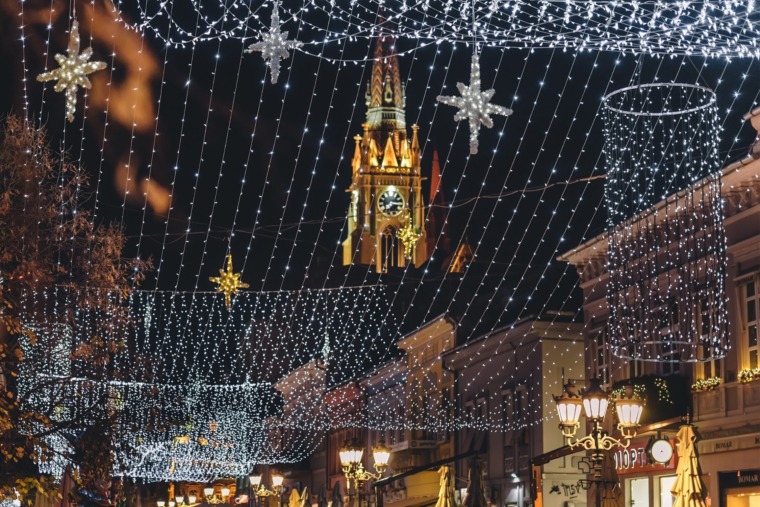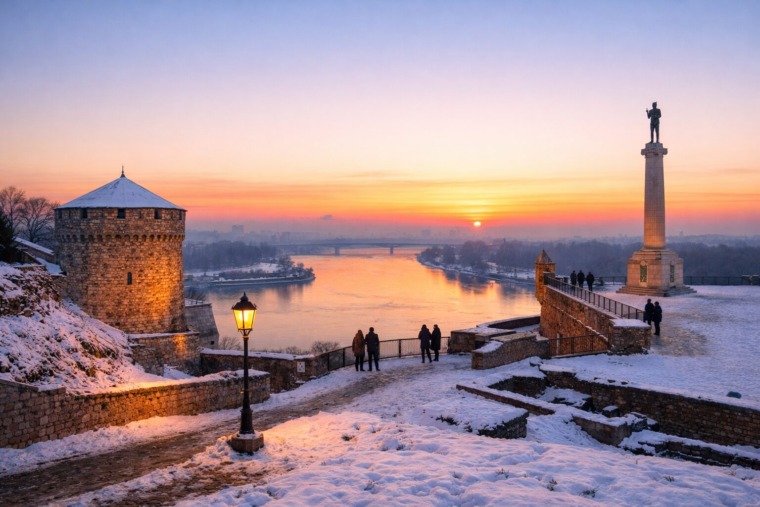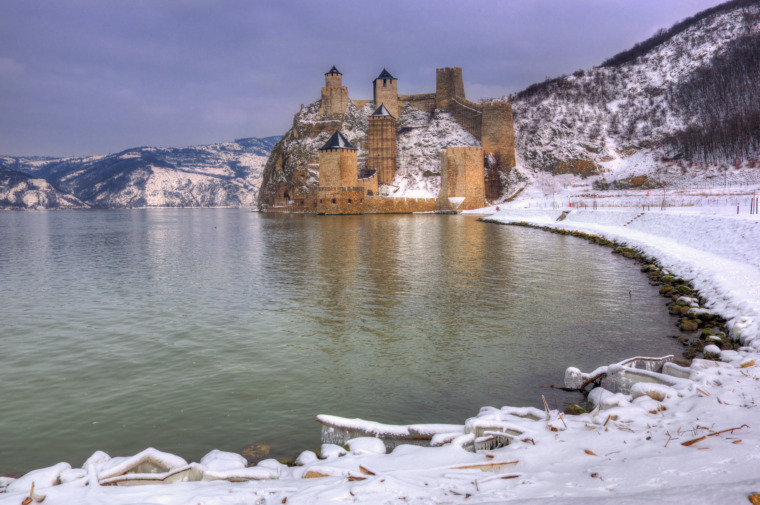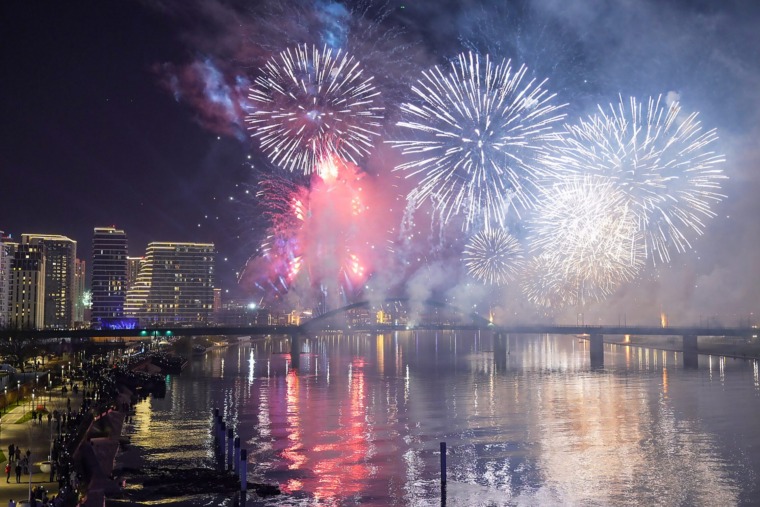
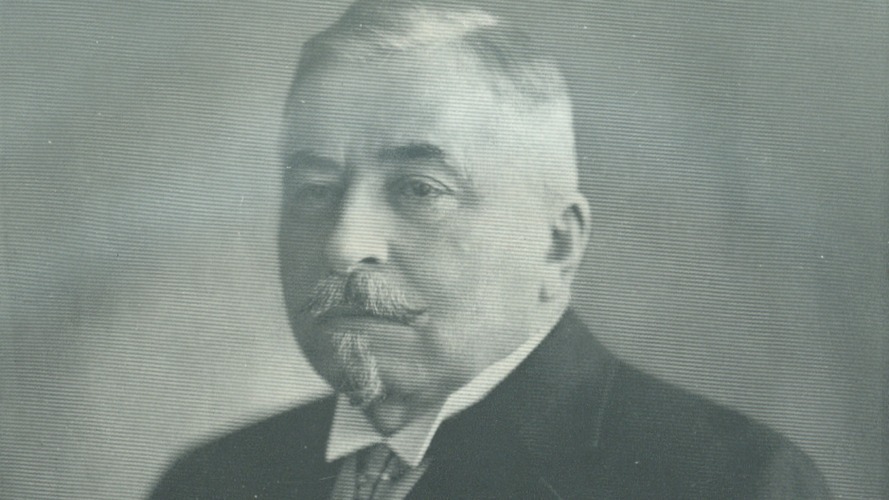
In the early 20th century, when Serbia was forging its path toward modernization, one man stood out as a symbol of vision, ambition, and ingenuity. Miloš Savčić was not only the richest Serb of his era — he was also one of the wealthiest and most influential Europeans. An engineer, industrialist, entrepreneur, and civic leader, Savčić built the foundations of modern Belgrade and laid the groundwork for Serbia’s economic rise.
From Svilajnac to Munich – A Mind Ahead of Its Time
Born in 1865 in Svilajnac, a small town in central Serbia, Miloš Savčić showed exceptional talent for mathematics and technical sciences early in life. He went on to study engineering at the renowned Technical University of Munich, one of Europe’s leading institutions at the time.
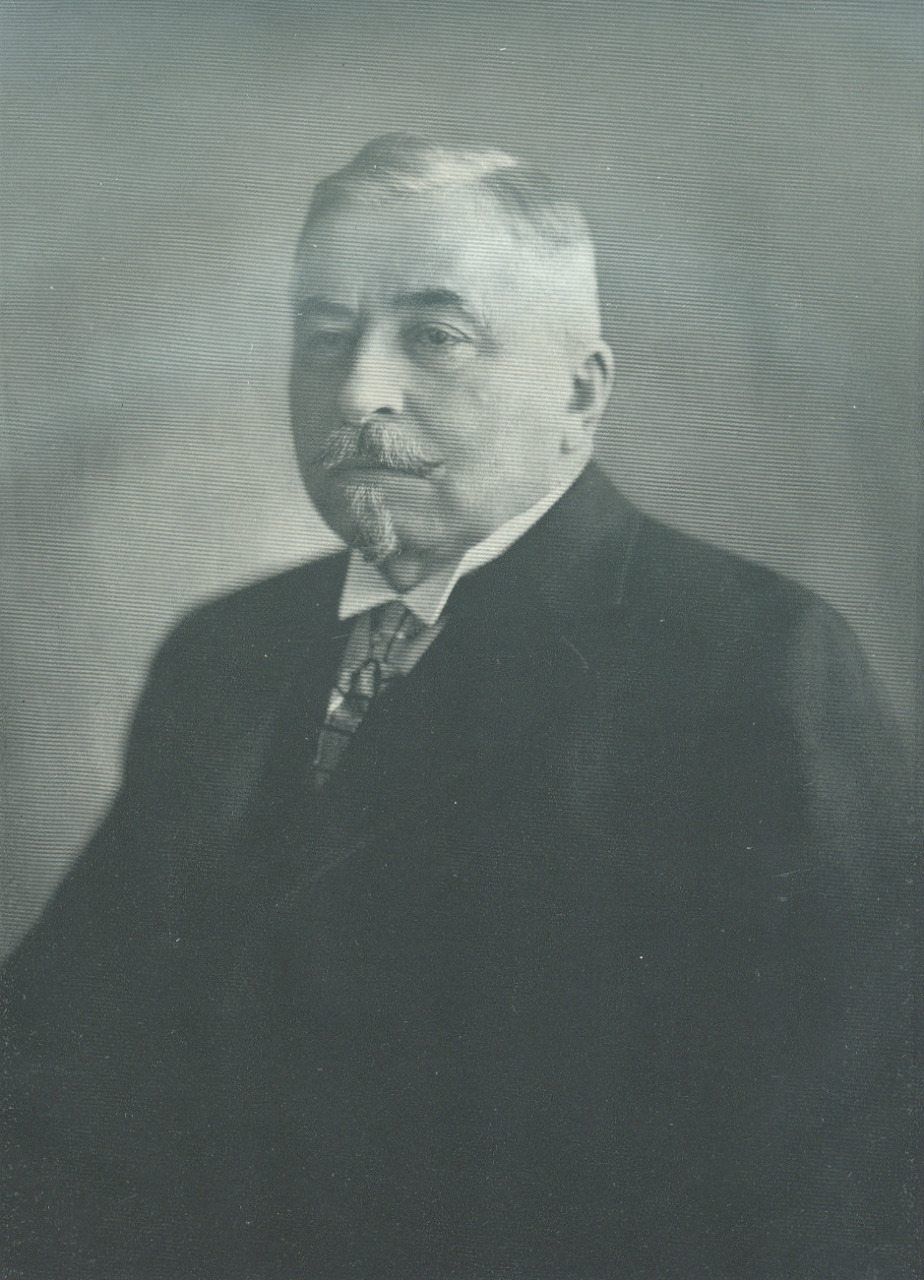
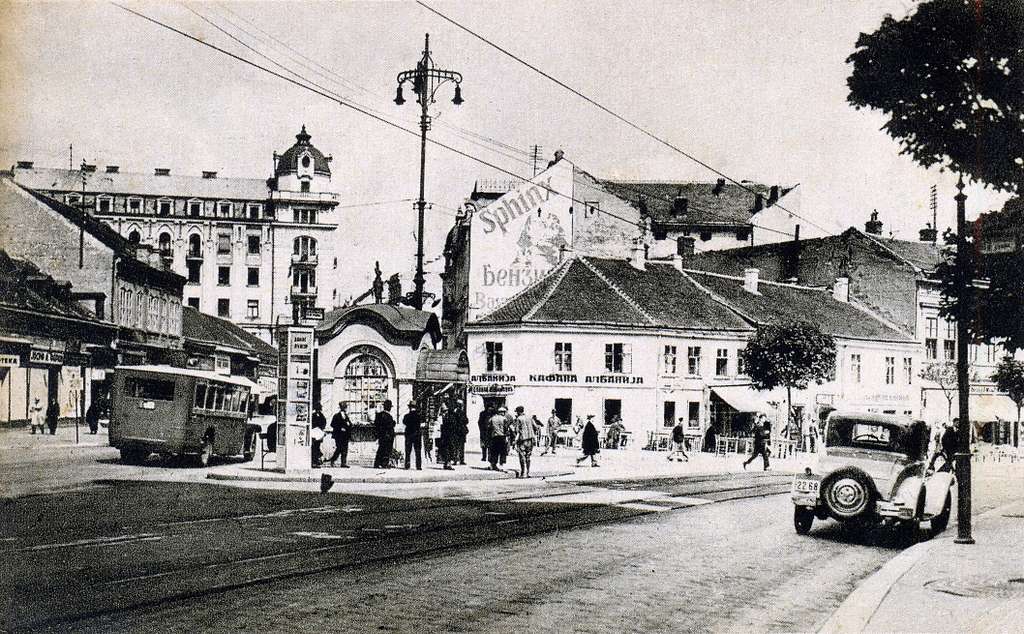
https://itoldya420.getarchive.net/
So brilliant was his performance that none other than Gustave Eiffel, the creator of the Eiffel Tower, invited Savčić to join his team in Paris. However, due to mandatory military service obligations and bureaucratic complications, Savčić returned to Serbia — a decision that would profoundly influence the country’s future.
The Man Who Built Modern Belgrade
Back in Serbia, Savčić opened an engineering and architectural office, and quickly rose to become one of the most important builders and designers in the country. His projects included railways, bridges, government buildings, factories, and entire neighborhoods.

One of his most iconic works is the Belgrade Cooperative Building in Karađorđeva Street — a masterpiece of architecture and one of the most beautiful buildings in the city even today. He was also the driving force behind the urbanization of Senjak, transforming it from a rural slope into an elegant district for the urban elite.
Industrial Titan: More Than 20 Companies Founded or Transformed
Savčić was not just a builder — he was a pioneer of industrial development. Over the course of his life, he founded or significantly improved more than 20 companies, ranging from banks, construction firms, and mining operations to Serbia’s first modern wood-processing plant.
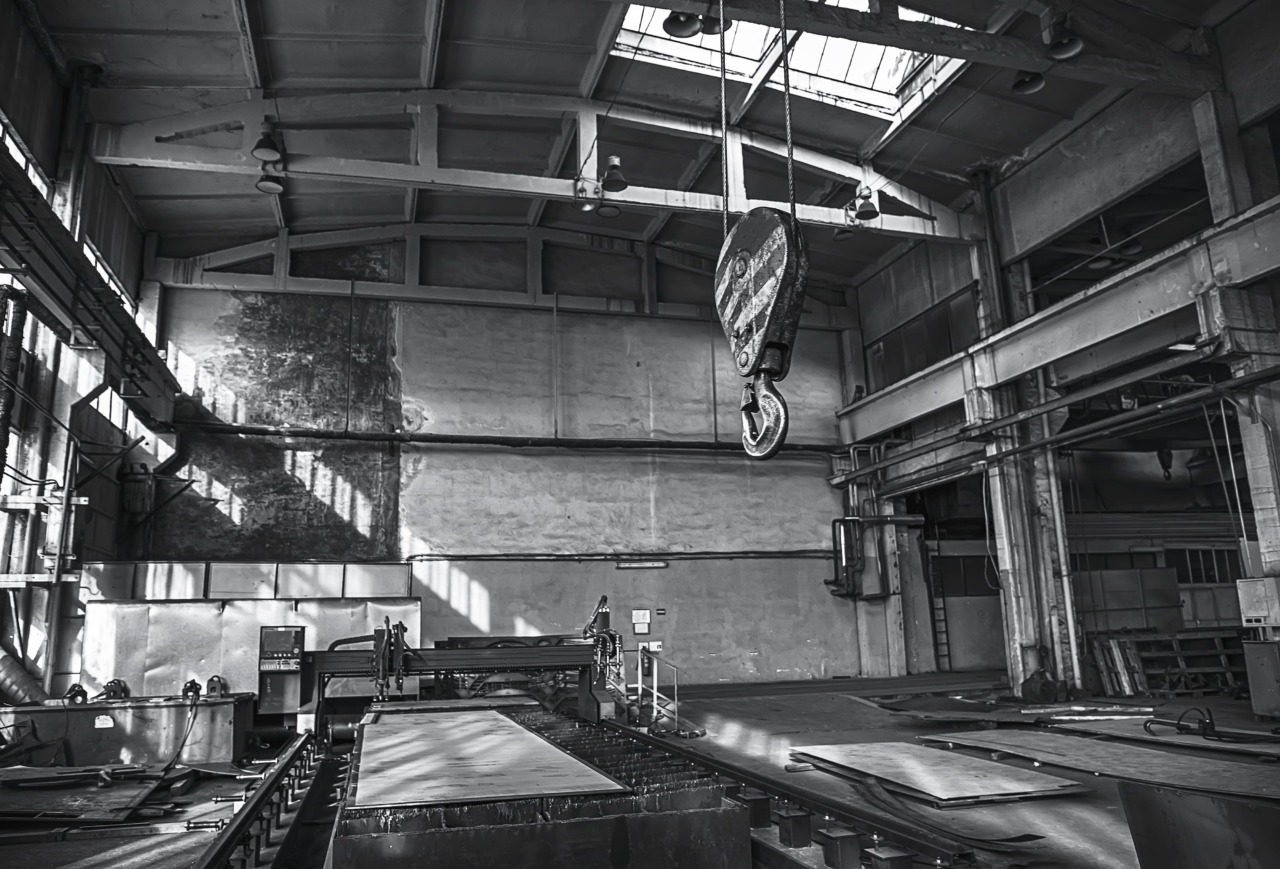
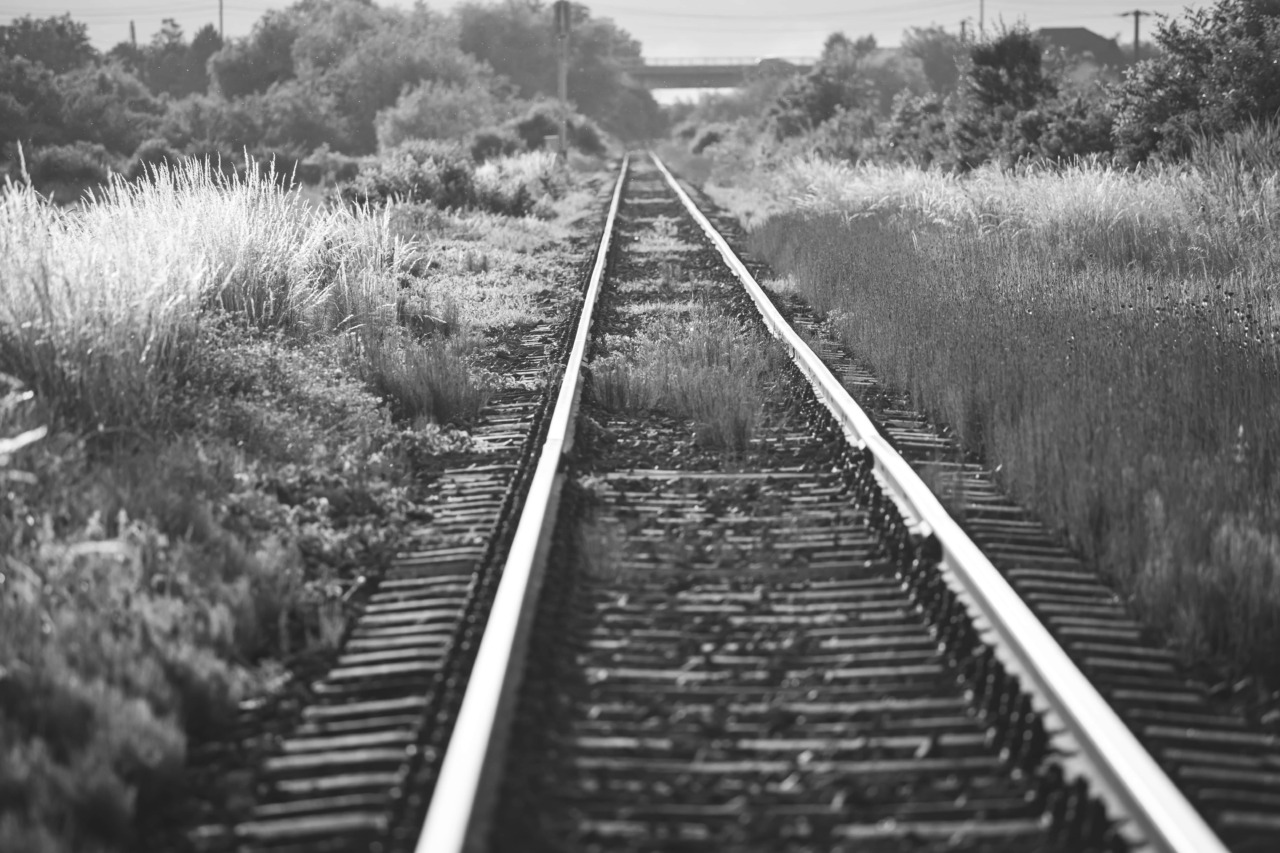
At this facility, he personally designed and installed an innovative cable car to transport timber — a groundbreaking technological achievement for that time.
He was also a key player in Serbia’s financial sector, helping to modernize the economy and introduce practices modeled on European standards.
A Palace at the Corner of Power and Fate
Savčić spent the final years of his life in his grand residence located at the corner of today’s Andrićev Venac and Kralja Milana Street — a building that reflected his refined taste and societal status.
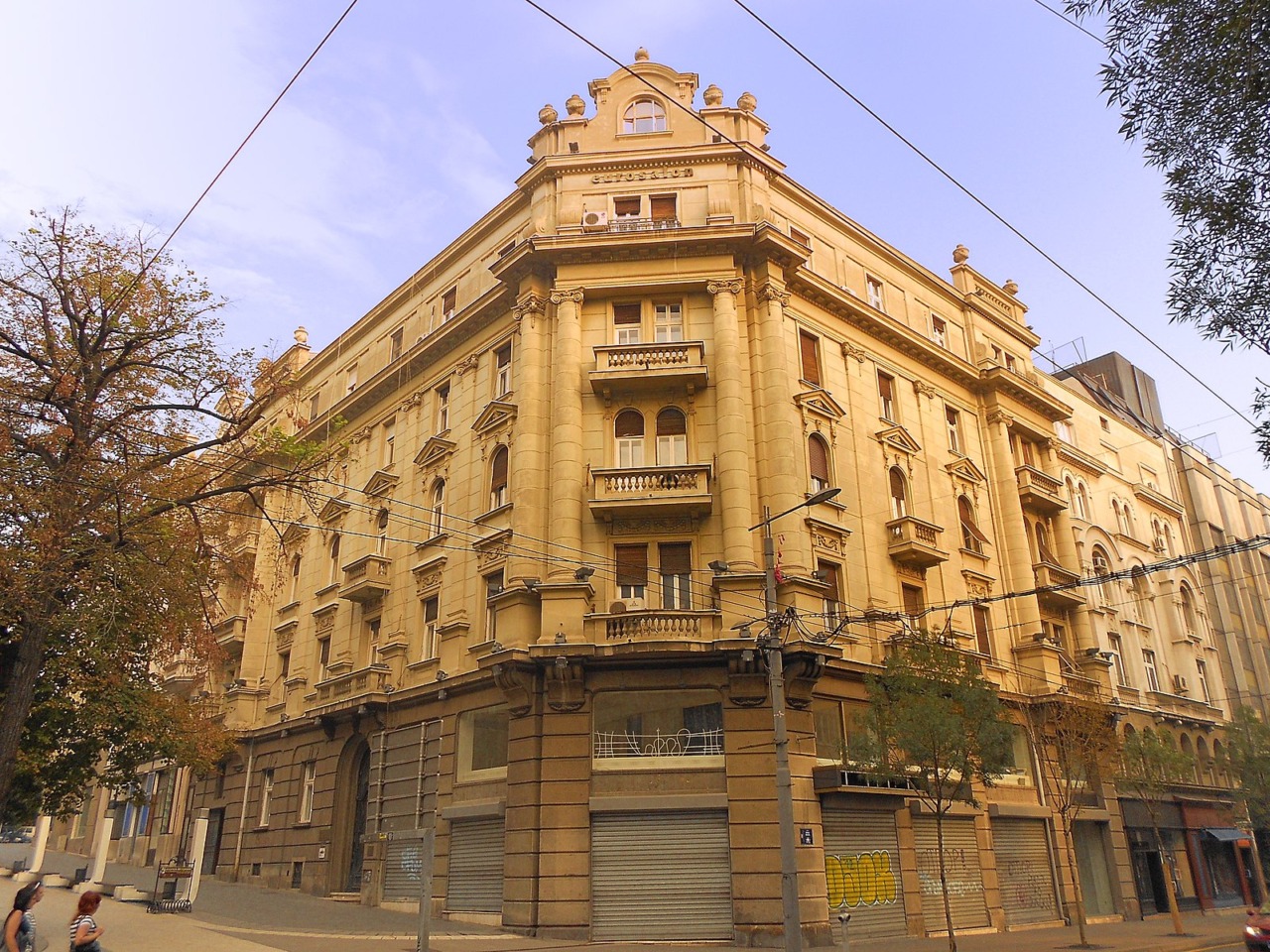
Tragically, in 1941, during the Nazi occupation of Serbia, the property was seized by German forces, and his family never managed to reclaim it after the war. Miloš Savčić passed away that same year, leaving behind not just wealth — but a legacy.
Fascinating Facts
- He declined Eiffel’s personal invitation to work in Paris — a rare decision at the time.
- He was considered one of the richest men in Europe between the World Wars.
- Fluent in multiple languages and deeply connected with European experts.
- He was one of the first car owners in Serbia.
- His cable car for timber transport was a unique technical innovation in the region.
- Many of his enterprises still influence Serbia’s economy today.
A Legacy that Shaped a Nation
Miloš Savčić was more than just a businessman — he was a nation-builder. His life shows how intelligence, hard work, and a strong sense of purpose can shape a country’s destiny. From education to urban planning, from industry to infrastructure, he left an indelible mark on Serbia.
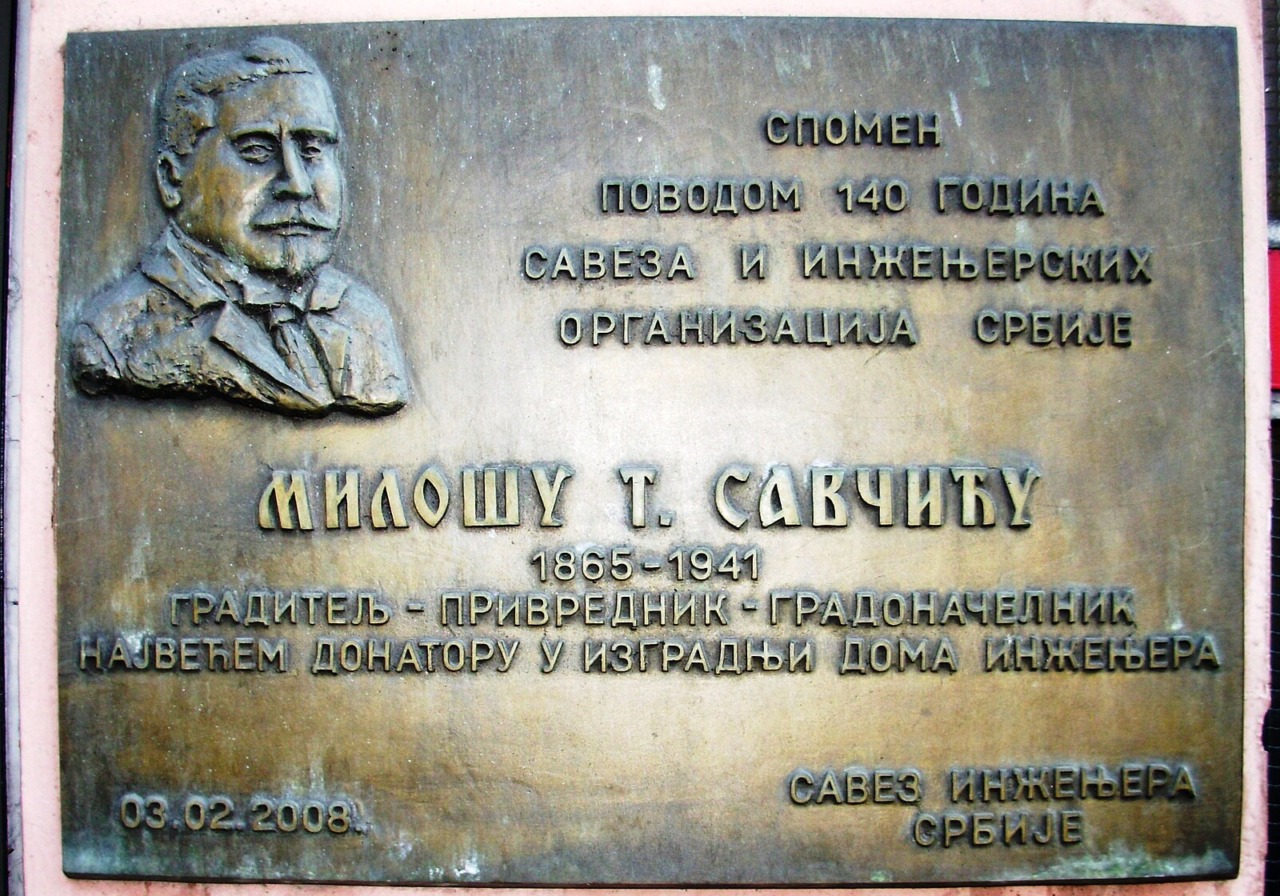
Today, when walking through Belgrade’s Senjak district, passing by the Belgrade Cooperative, or traveling along railways he helped build, one walks in the footsteps of a man who built more than structures — he built a vision of a modern nation.
Related Articles


10 Dishes That Must Be on a Serbian New Year’s Table
December 24, 2025
Tourist Holiday Guide to Serbia: Tips, Traditions & What to Expect
December 20, 2025